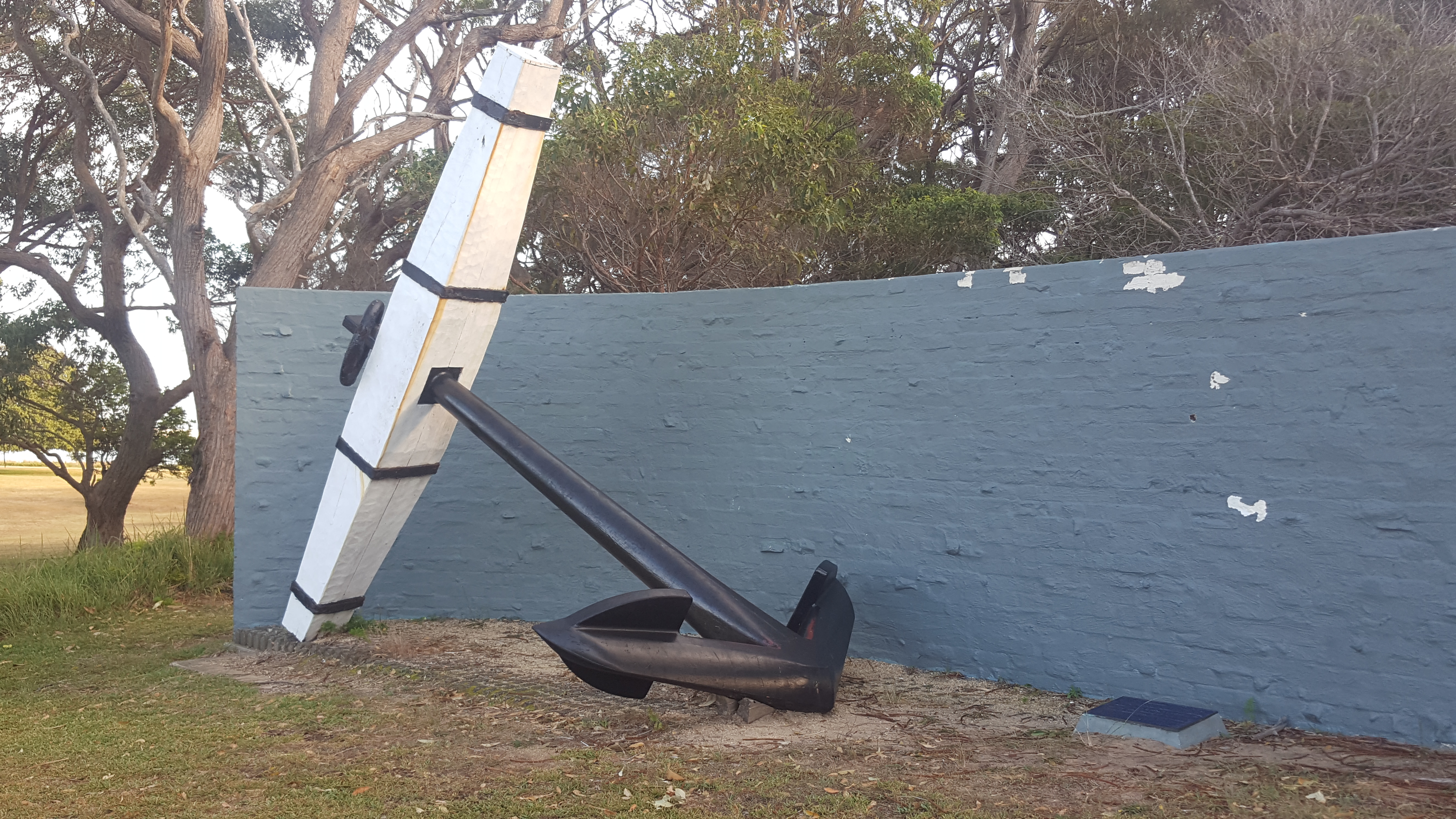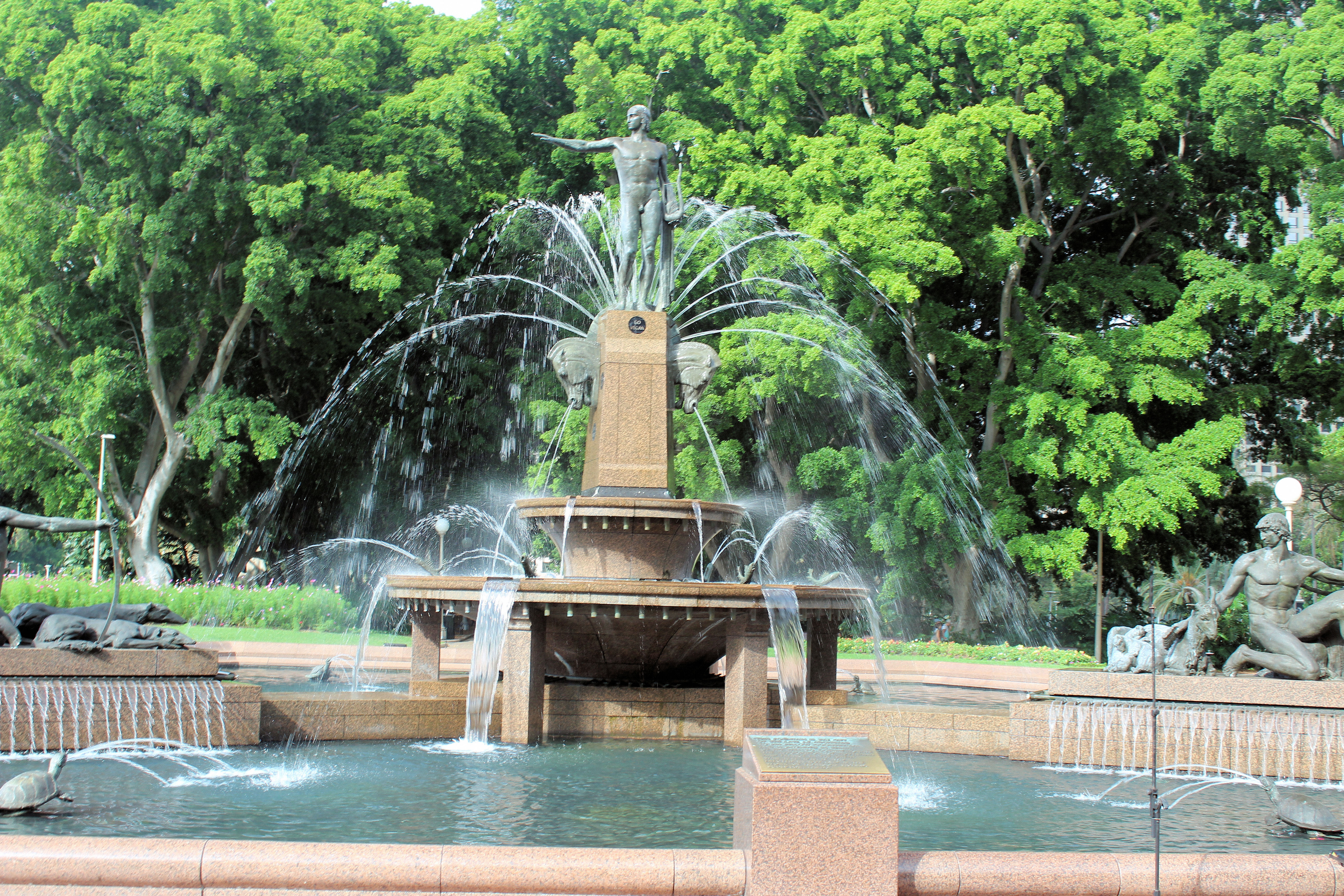Tag: Captain Cook
-
Burrawang Walk Kamay Bay

Burrawang Walk Kamay Bay Kamay Visitor Centre Before setting out on the Burrawang Walk, drop into the Visitor Centre. Not only are the toilets located here, but it is full of useful information for your visit. The staff were very friendly and helpful, which made the day start on a positive note. Burrawang Walk Kamay… Read more
-
Kamay Botany Bay National Park Sydney

Kamay Botany Bay National Park Kamay Botany Bay National Park is the home to significant historical events as well as beautiful coastal scenery. It is the place in which Captain James Cook first landed in Australia and claimed the whole continent for England. The sight of the first flag raising now has several very large… Read more
-
Hyde Park Sydney Australia

Hyde Park is in the centre of Sydney and is a fantastic retreat from the hustle and traffic of the city. It is cool and shady and there is plenty of seating set around the park. Park Street divides Hyde Park in two, however there are pedestrian crossings at the lights at either end and… Read more